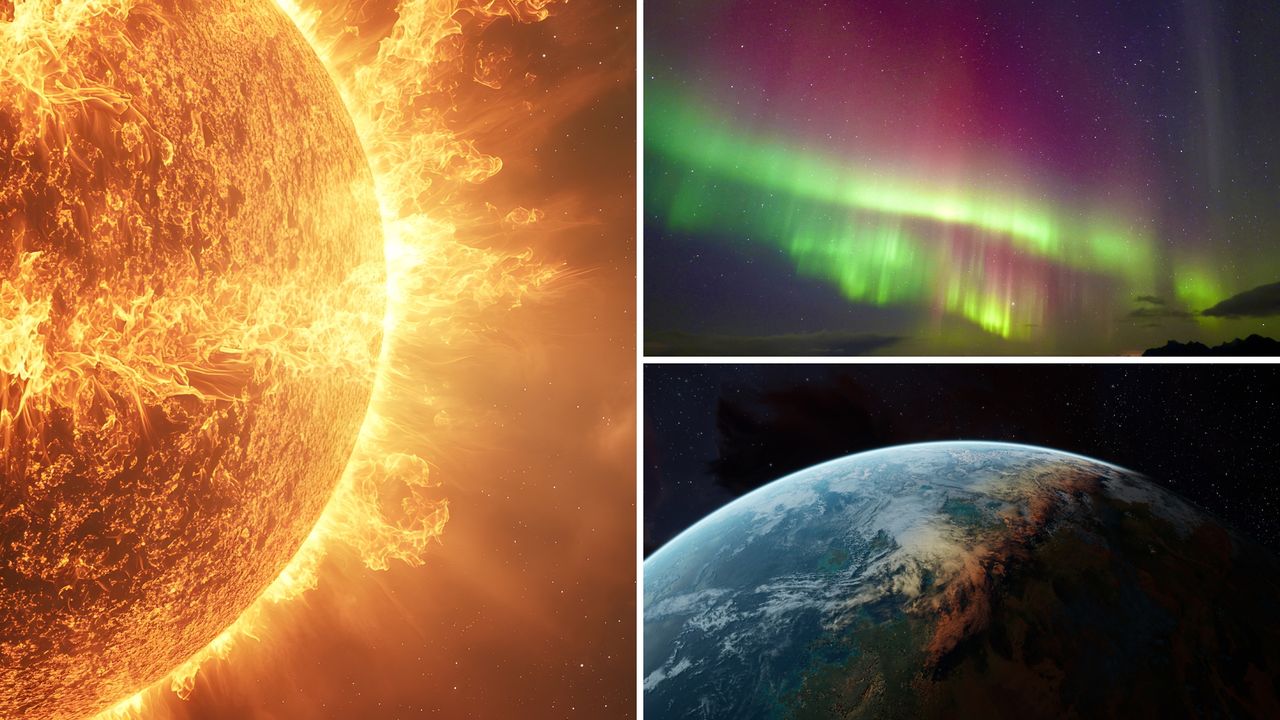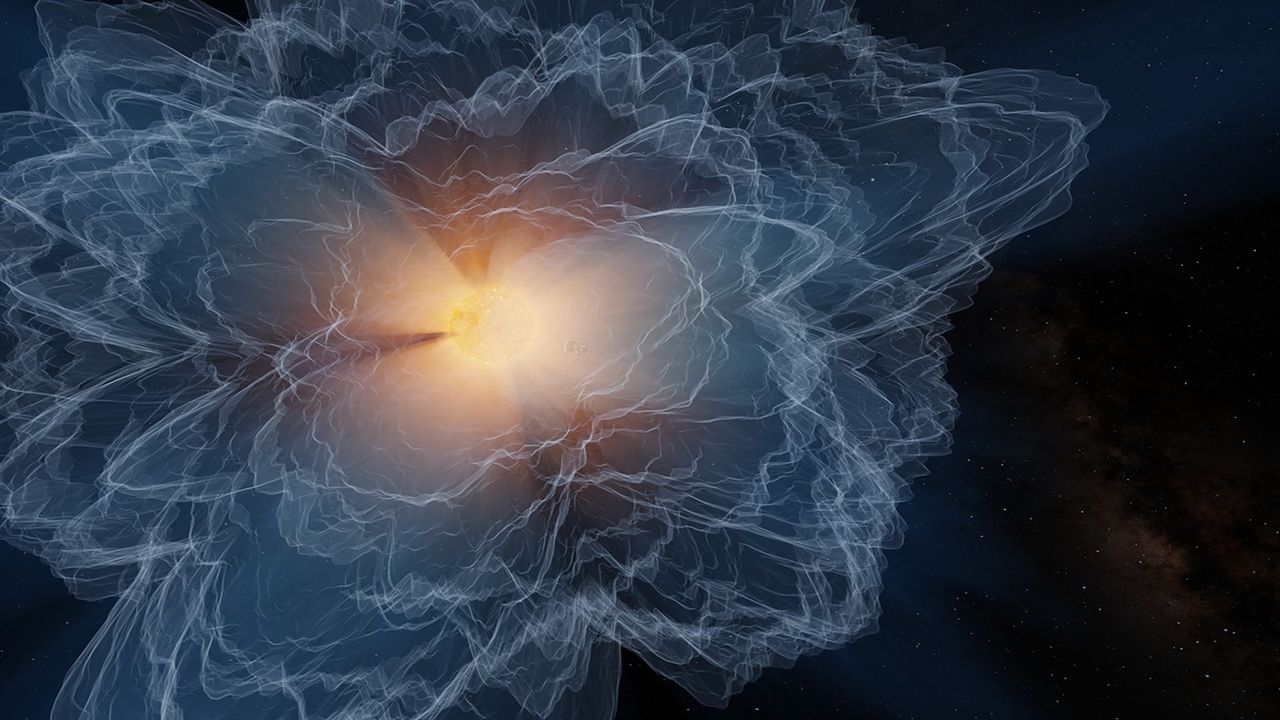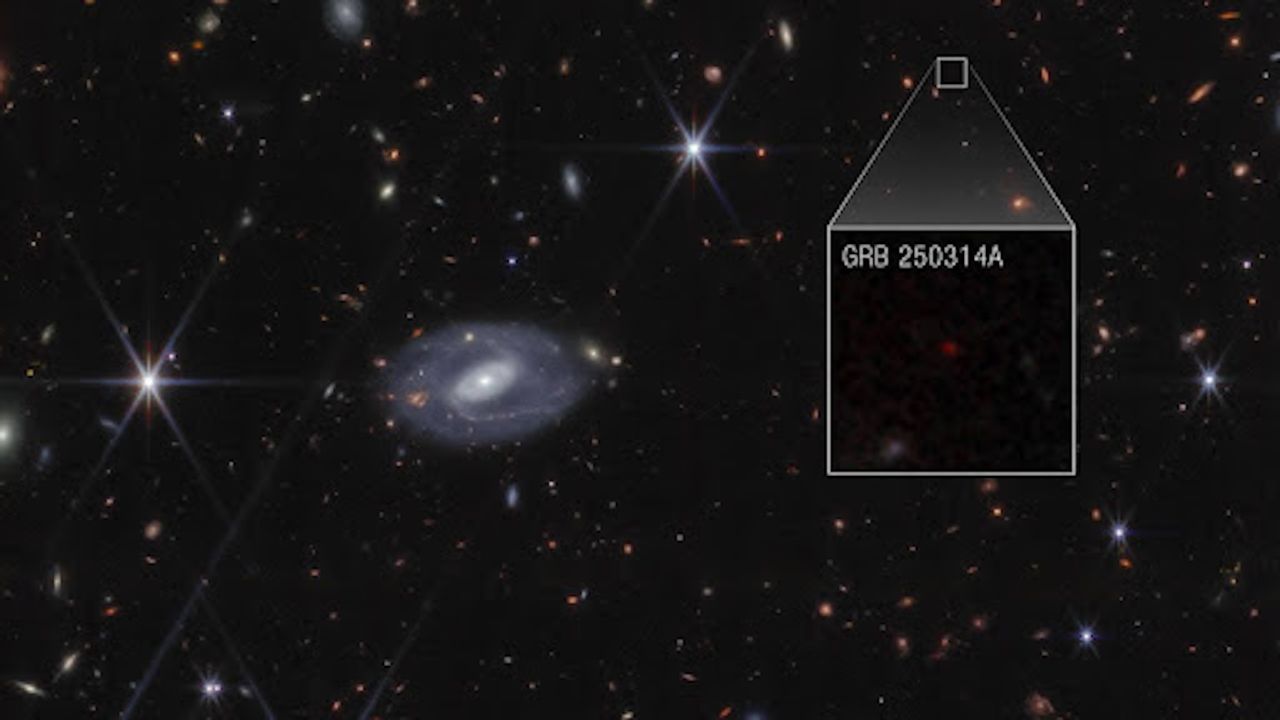The Interplanetary Race to Study Interstellar Comet 3I/ATLAS
PositiveScience
Astronomers are racing against time to study the interstellar comet 3I/ATLAS using interplanetary spacecraft while it is obscured from Earth by the sun. This is significant because it offers a rare opportunity to gather data on a celestial object from outside our solar system, which could enhance our understanding of the universe and the origins of comets.
— via World Pulse Now AI Editorial System




